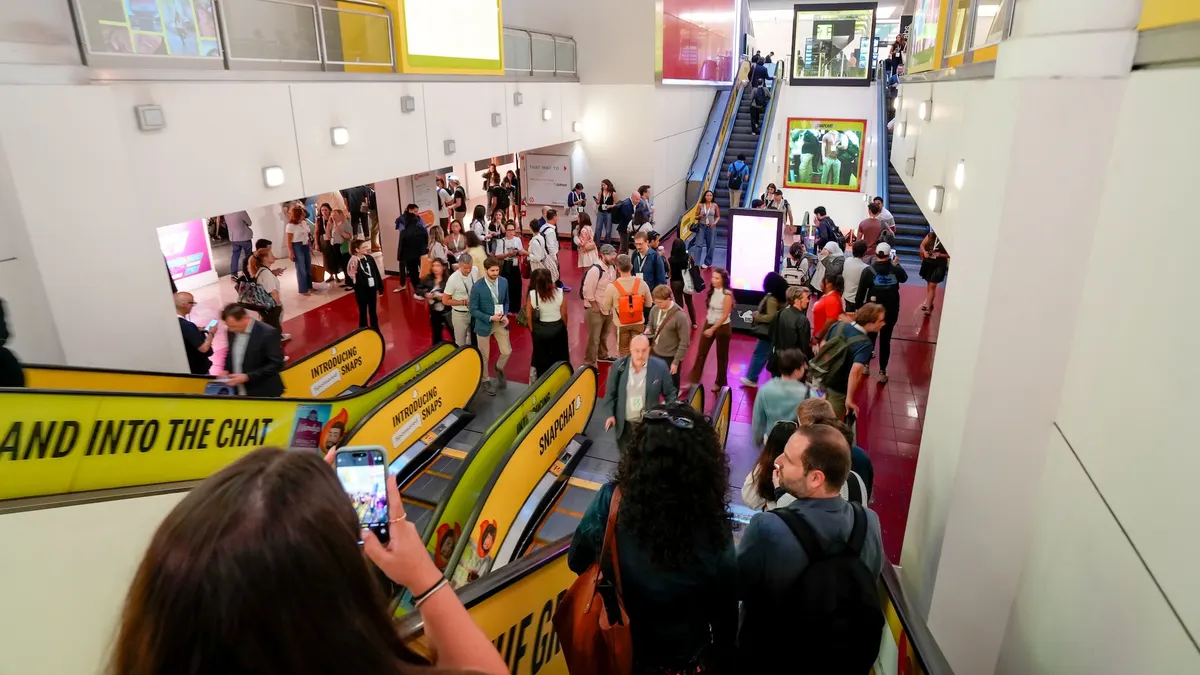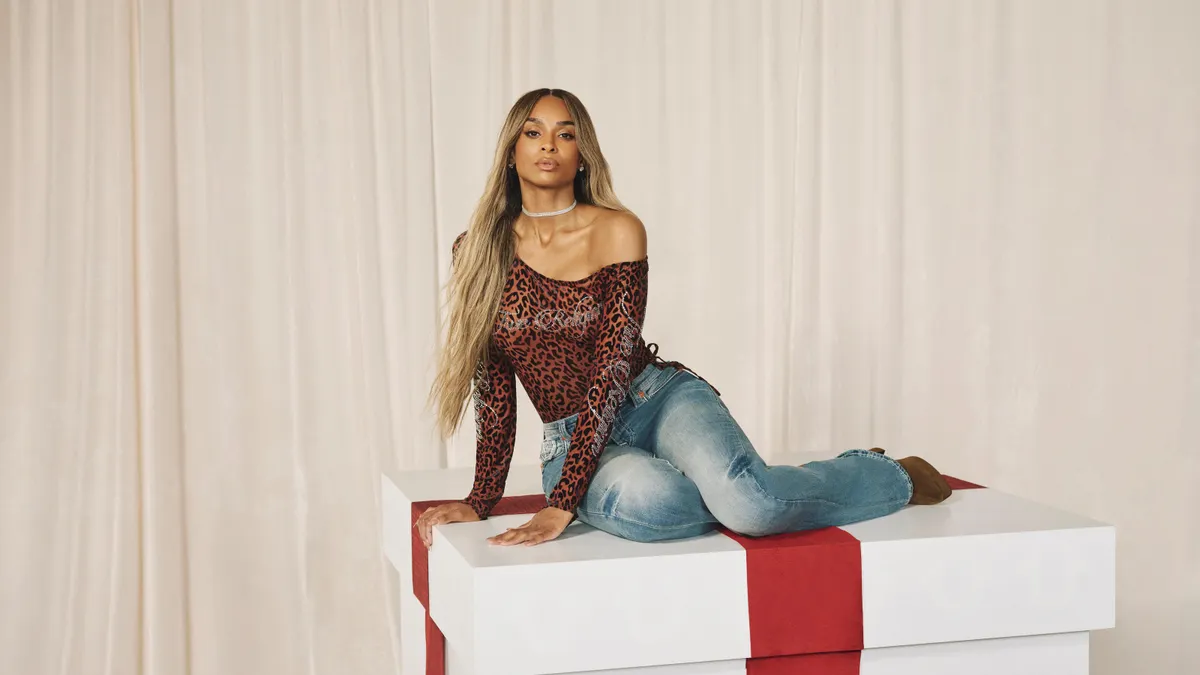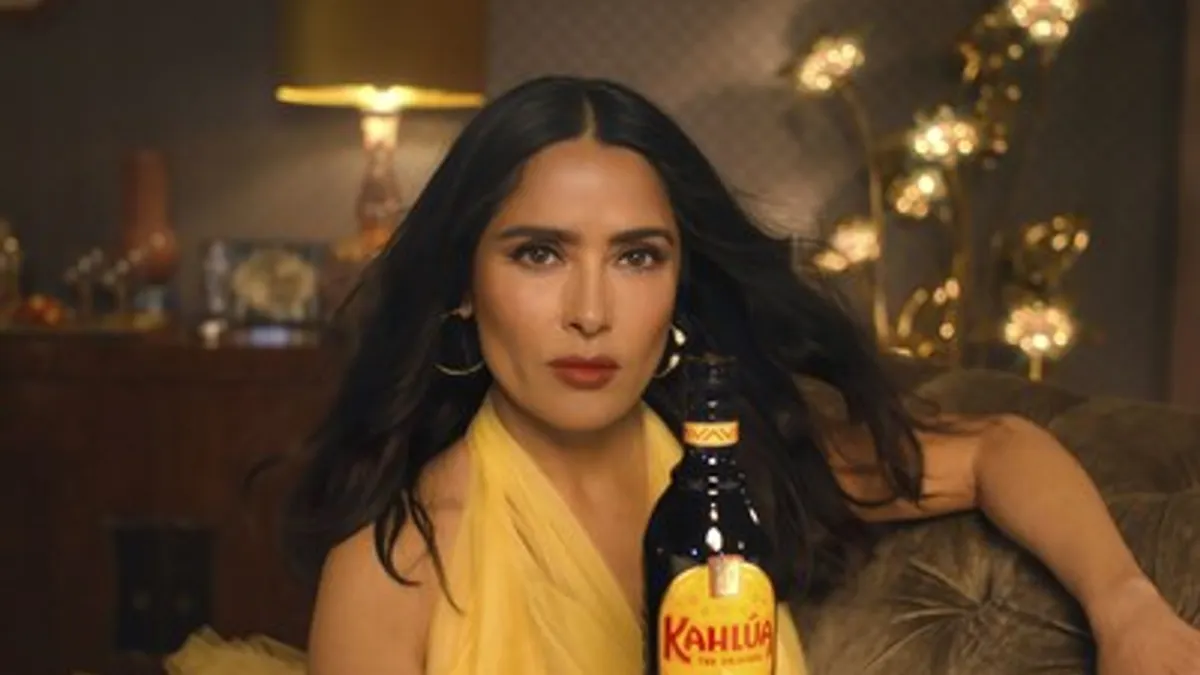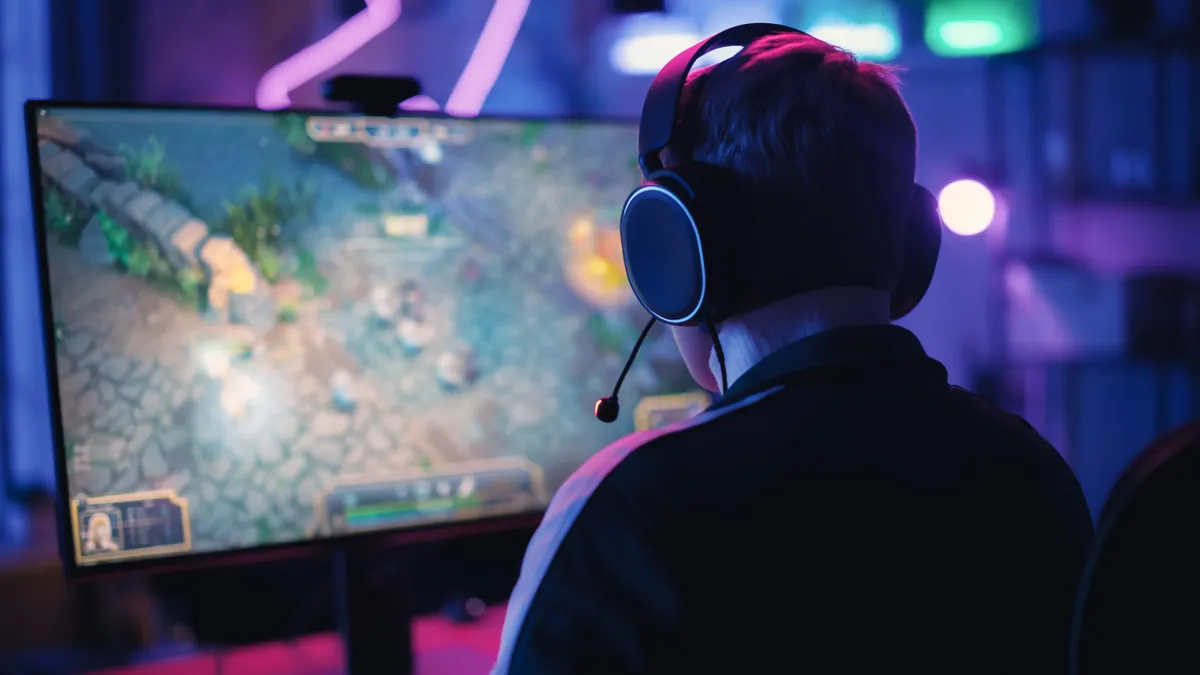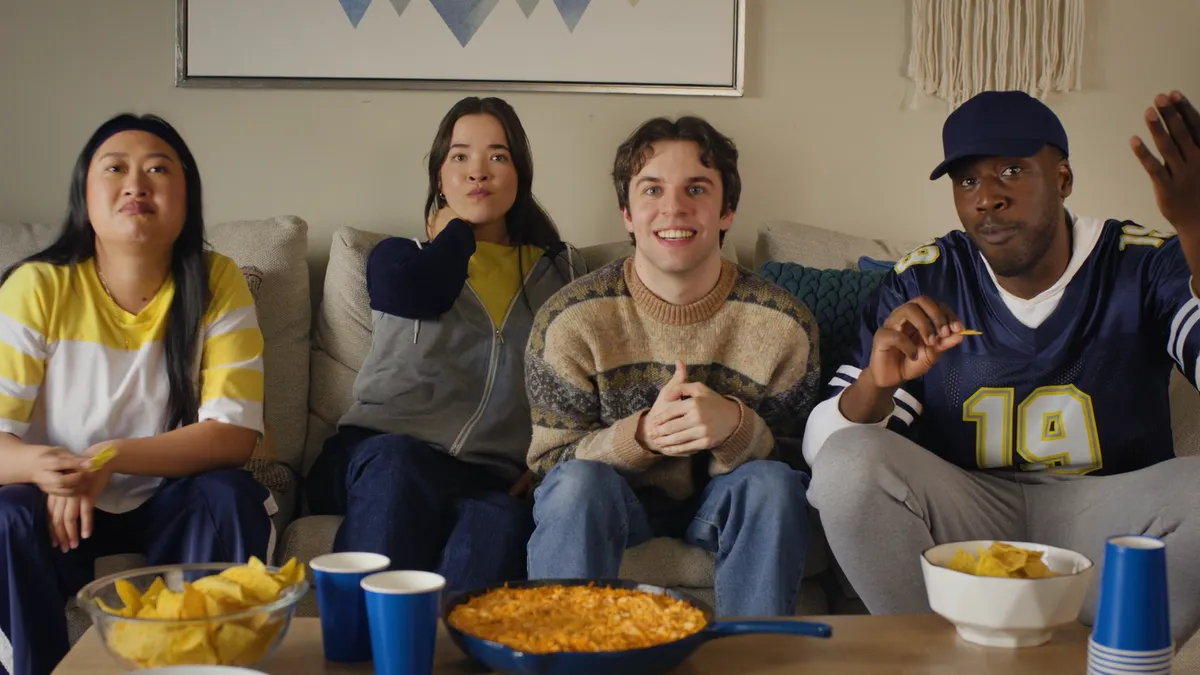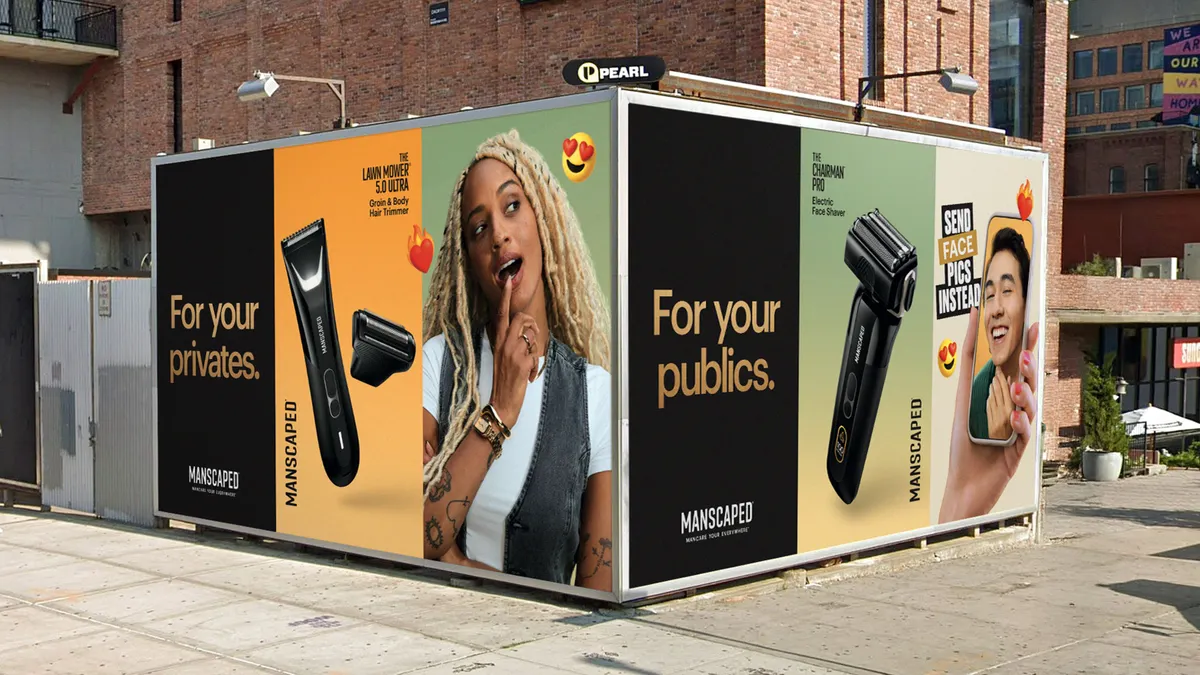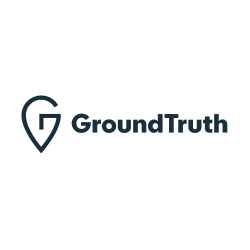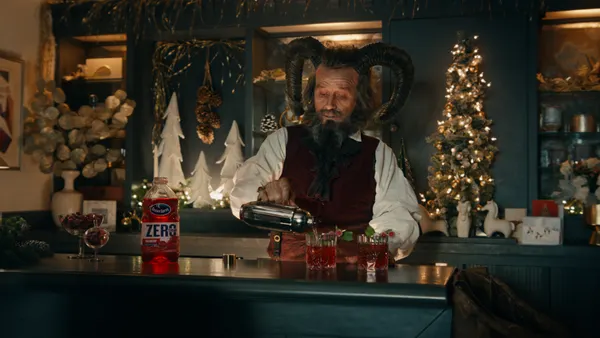While Google and Facebook still control more than half of the U.S. digital ad market, Amazon looms like an object in a rearview mirror that's larger than it appears. Projected to generate $4.61 billion in U.S. ad revenue this year, Amazon leapfrogged both Oath and Microsoft to notch the number three spot with a 4.15% share of the market.
That share is small but growing, and Amazon's unique capabilities suggest it could blossom rapidly. Along with being a brand marketer of its own products, Amazon can do things that the duopoly can't: It's an e-commerce giant with a shipping and distribution network; it has its own over-the-top device in the Amazon Fire; and, in Amazon Prime, a strong platform for original content that outstrips Google's YouTube Premium or Facebook Watch.
One creative production partner that's had an up-close view of Amazon's unique place in the marketing landscape is Tool of North America, which has worked with different departments of Amazon to craft well-received activations around "Jurassic World: Fallen Kingdom," "The Grand Tour" and, most recently, "The Marvelous Mrs. Maisel," with a pop-up restaurant that raked in 1.9 billion press impressions and 36 million social media impressions while serving more than 11,000 customers in just a few days.
Marketing Dive spoke with Dustin Callif, Tool's managing partner, and Adam Baskin, Tool's director of innovation, about the challenges and opportunities of working with Amazon, how it keeps campaigns alive with content and the promise of Amazon-owned Twitch.
The following interview has been edited for clarity and brevity.
MARKETING DIVE: What are some challenges and opportunities presented by working with Amazon?
DUSTIN CALLIF: The unique opportunity is that we're able to take some very well-known entertainment properties such as "Jurassic World" or "The Marvelous Mrs. Maisel" and immerse people into those worlds with a hybrid between what's real and what's not. Letting people experience that has been an awesome opportunity. I think the other opportunity is tying into the behemoth that is Amazon — which I know in some circles is not a good thing — but for us, it's a great thing.
ADAM BASKIN: There's a lot of synergy in connecting all the different properties that Amazon owns, from Amazon Prime Video to Twitch to Fire TV to Amazon Restaurants, and that there's value in them co-promoting for different properties.
The "Jurassic World" effort simultaneously promoted a Universal film, Jeep and Amazon. What's the process when you have so many stakeholders and one of them is Amazon?
CALLIF: In all instances, our direct client is Amazon. They helped manage some of the back-and-forth with Universal for "Jurassic World," but there's no question that there's an extra layer of feedback. I think we've found that as long as we remain true to the property, things seemed to go pretty smoothly. That's evident in "The Marvelous Mrs. Maisel" project, where we really got to understand the world that Maisel lives in, but also had a chance to work with the amazing production team.
The "Jurassic World" activation was our Campaign of the Year because of how it blended experiential, video, voice tech and social media. How did that come about?
CALLIF: We were approached by the Amazon Advertising Group, and their goal is to help devise the most creative opportunities on the Amazon platform for any brand that purchases media or does promotion across the Amazon network.
In this instance, Amazon's team had devised the core idea of creating the world's largest Prime delivery and teasing that what's actually being delivered is one of the dinosaurs from "Jurassic World." So in and of itself, it's just a super fun idea. When we get something like that at Tool, our job is to figure out how to execute it, but also how can we ratchet it up to bring it to another level that the client never expected.
What's your approach for a campaign like that?
CALLIF: We call our approach "epic experiential," and our goal is to have everything done through the lens of what we call "human first," meaning putting the consumer as the central character in these experiences. How we structure is through a three act approach.
Act One is immersion, getting the audience immersed into the world and event that we're about to create and teasing it. We believe there's a big opportunity in the immersion of projects before an experiential event happens to really get people excited about it. That means more than just doing a press release — that means creating content.
Act Two is the experience itself, and people being able to fully enjoy every aspect of this from a standpoint of being put as the central character. We typically try to think of how people can create their own experiences to share via Instagram or any social channel by taking a photo or a video on their phone and then sharing.
Act Three is amplification. Tool has such a strong content background, meaning we represent directors who shoot all sorts of branded content types. In addition to our experiential, we try to always think about how we can capture professional content that will tell the story of the event beyond the event itself, so that both the brands and anybody who's not able to visit that event can get something other than a case study clip.
How did you amplify the "Jurassic World" campaign?
CALLIF: In this case, we created lots of different pieces of content. We created a teaser trailer while the box was being transported across L.A. We documented all of that and made that a big part of the story. That was something we pitched back to the Amazon advertising team saying, "let's not just create this big box and bring it to the Grove one week before [the event]." Let's actually create a whole story and document how all over L.A., people are seeing a humongous box being transported on the back of a flatbed truck. We created all sorts of social media content around that, including partnering with influencers all over L.A. and even going to iconic restaurants in L.A. like Pink's Hot Dogs and having them document it on their social channels when we drove by.
How did that three act approach work with "The Marvelous Mrs. Maisel" activation?
CALLIF: On this one we served as both the agency and production company. We came up with this idea after having watched the entire first season and having heard a little about season two. You know it's all about New York, it's about a celebrity in Mrs. Maisel, it's about food. All of those things got our team thinking, what if we were to do something with the iconic Carnegie Deli — which closed two years before — and we brought it back as a re-opened pop-up in New York, but the entire experience would be happening within the era of '50s, in the world of "Maisel."
How did you approach building out the experience?
CALLIF: For Act Two, we had a lot of different details tying it back into the '50s era. We had a messenger boy just like they did in the '50s and he was driving around New York City making deliveries of "The Midge" sandwich in the full packaging we designed, to BuzzFeed, "Good Morning America" and to other influencers, and hopefully they write about it or put it on social media.
CALLIF: The other part of Act Two was obviously the event itself, which is people going to this space and being completely immersed into the world of the '50s from the moment they walked on the street. We had old-time cars, we had the windows completely redone. We had an actor who was pushing around a baby carriage from the '50s. Even as you're walking up, you're going, "wow, I already feel like I'm getting into this world." And then you walk in and you're greeted by the fictitious owners of Carnegie Deli who we had cast. All of them had been given story bibles. We didn't give people specific scripts. Here's your persona, live it and breathe it and make people feel like they're in this world when they come in.
What was the amplification element?
CALLIF: In Act Three, our manager of communications made sure we worked hand-in-hand with the press and influencers to create content around this. We also created a '50s-style TV clip as if the deli had made a TV spot to promote the "Midge" sandwich. That was then given to social influencers and media about two or three days before the end of the pop-up. Our purpose was to keep new content coming out and giving people something new to promote.
That's something that we think is unique about what we bring in our approach. What we feel is underutilized when it comes to these kinds of experiences is creating meaningful content around the experience — not just a case study video.
What has been the scope of your work with Twitch?
CALLIF: We helped them launch streaming of NFL games and we were able to work with them to create these custom interactive viewing add-ons, so that instead of just being able to watch an NFL game, now you're able to interact and get real-time stats while watching with other people on the platform. That's another way of working with the client: We're working with them on creating new ways to view traditional sports broadcasts. It's like updating their product and their platform.
BASKIN: At TwitchCon this year, they announced that there's on average a million concurrent viewers at any time on Twitch, which if you compare that to cable networks, it would make it the fifth-largest cable network. And obviously, users aren't just viewing content — they're engaging with it in deep ways and with the community. When there's an extension present, they're also interacting, so the value of those consumers on the platform and the potential for advertisers to engage them and interact with them in deep and innovative ways is beyond any other platform. We're at an interesting time for Twitch, where the platform is evolving and the opportunities are really significant.







